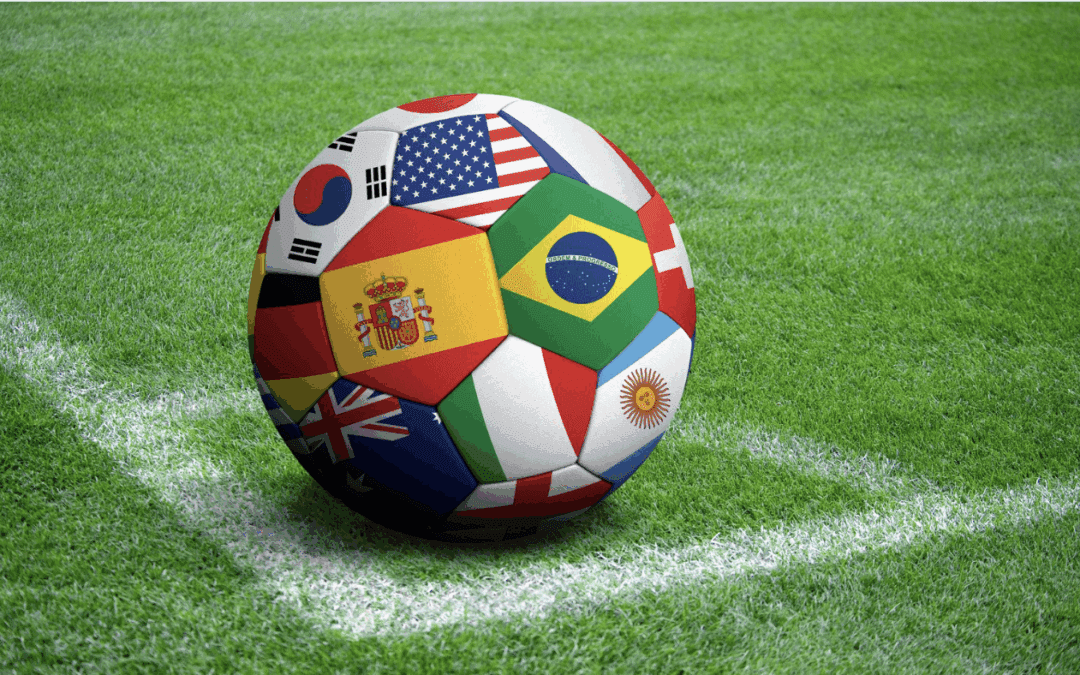By: CLC Editorial Team
When most marketers think “World Cup,” they think big. Broadcast spots. Celebrity partnerships. Stadium signage. In short: national (or even global) campaigns with seven-figure budgets.
But here’s the truth that often gets missed: the biggest wins happen on the local level.
Because while billions are watching globally, shoppers are still buying snacks, drinks, and party essentials locally. At their neighborhood grocery store. On their favorite grocery app. Right where retail media lives.
The Hype Is Global. The Cart Is Local.
The World Cup transforms how people shop. Households stock up for watch parties. Parents grab themed snacks. Shoppers look for easy meals and beverages to enjoy with friends. But none of that happens in a vacuum.
It happens in-store and online, where split-second decisions are made—and where brands can win or lose the sale based on visibility and timing.
And that’s where retail media shines.
Why Local Retail Media Investment Matters During the World Cup
1. Shopper Mindsets Are in “Stock-Up” Mode
Retailers see clear spikes in category spend: salty snacks, beverages, frozen apps, party trays, and beer. By showing up with the right placement—onsite banners, digital screens, search ads—you capture high-intent shoppers when they’re ready to buy.
2. One Size Fits None
Not every region roots for the same team or throws the same kind of watch party. Investing in individual banners and markets lets brands flex messaging and promotions to fit regional preferences, product availability, and in-store execution.
3. Offsite Amplification Works Better When Tied to Local Inventory
Running an offsite display ad about your World Cup snack pack? Make sure it drives to the retailer where it’s actually in stock. Local retail media allows brands to connect awareness to conversion—and do it with precision.
4. National Budget ≠ Shelf-Level Impact
Mass reach doesn’t guarantee you’ll win the cart. If your competitor is running a banner ad above your product or owns the first few sponsored placements during high-traffic windows, you’re losing visibility where it matters most—the point of purchase.
5. Data That Actually Closes the Loop
With retail media, you don’t just guess if the ad worked. You see what SKUs moved, where they moved, and how to scale the impact. The World Cup is a moment, but the data it generates can inform your Q1 strategy and beyond.
The Playbook: What Brands Should Be Doing Now
- Prioritize high-opportunity regions tied to viewing parties or heavy grocery traffic
- Invest in full-funnel activations: in-store screens, sponsored search, offsite display
- Lean into themed creative that taps into the celebration (even if you’re not an official sponsor)
- Partner with retail media teams who can help optimize across banners and channels in real time
Bottom Line: Think Global, Spend Local
The World Cup is a rare retail moment—an emotional, shared experience that impacts shopping behavior across every aisle. But winning that moment doesn’t require a Super Bowl-sized budget. It requires targeted, data-driven investment at the store level.
So while the world is watching the pitch, smart brands are playing the long game—on the shelf, in the cart, and on the screen.
Because the next big growth moment? It’s probably right down the street.

